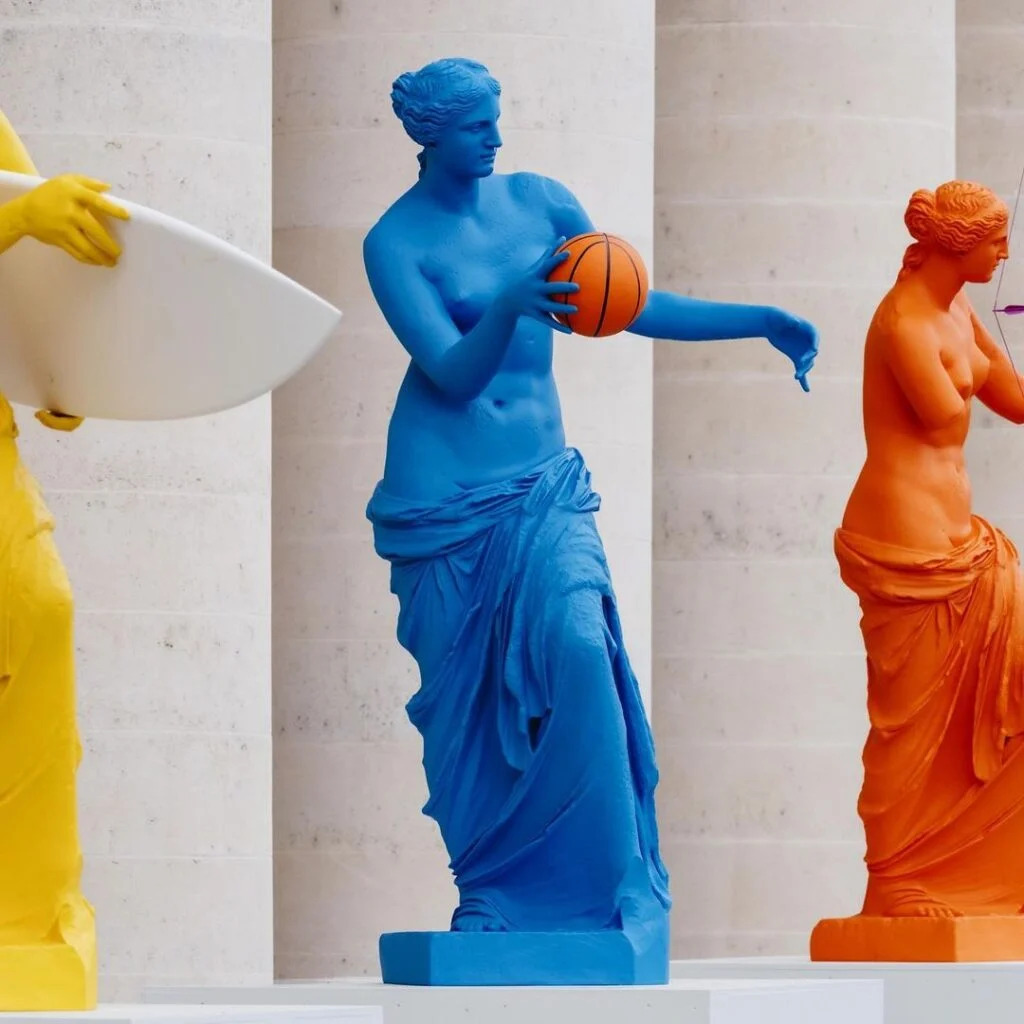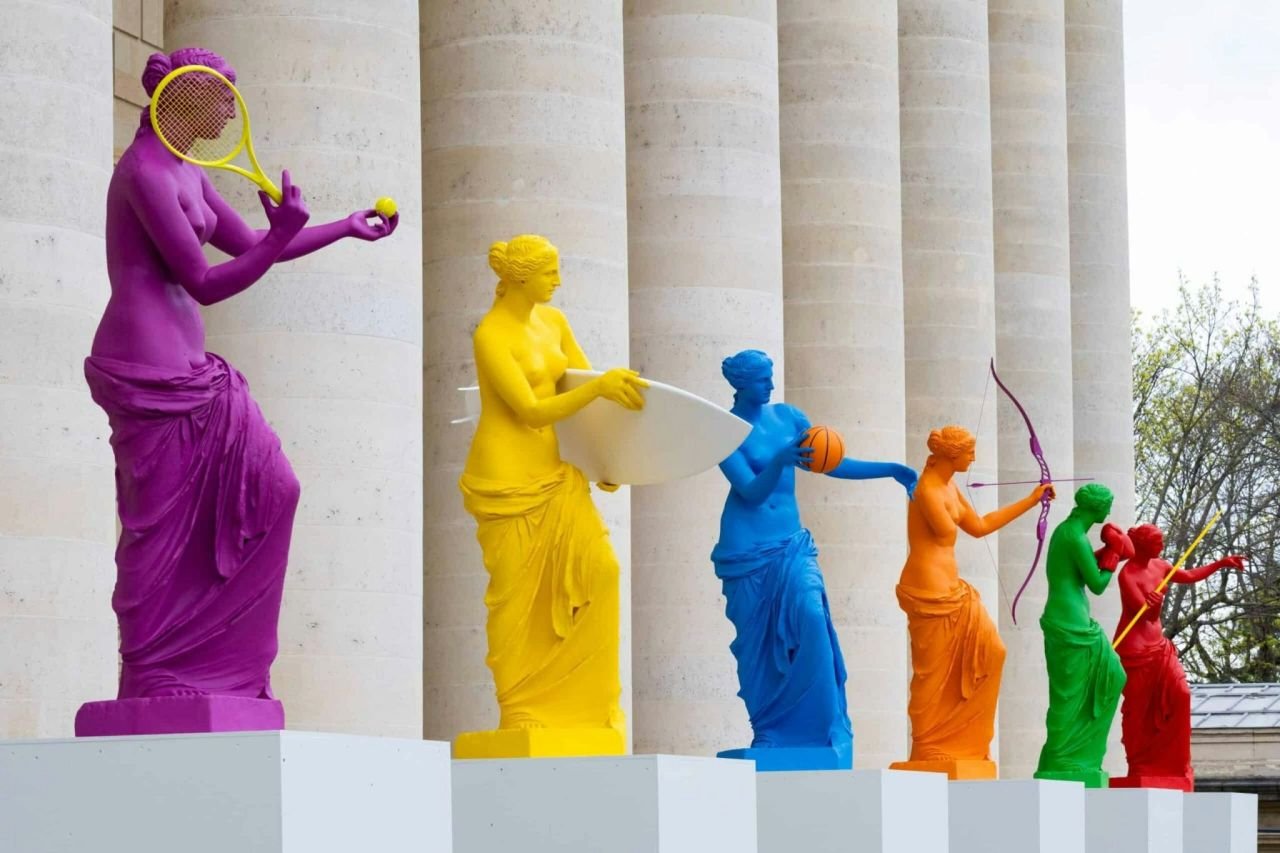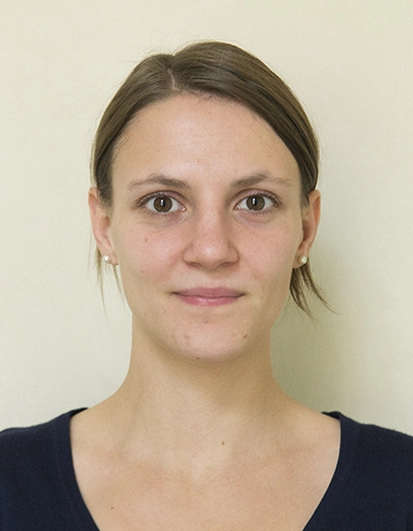With the upcoming Olympic and Paralympic Games in Paris, the public spaces of the host city are undergoing transformation. In early April, more than three months before the start of the Games, an artwork by Laurent Perbos was installed on the steps of the Palais Bourbon, the seat of the French National Assembly. The installation, titled La Beauté et le Geste (Beauty and the Gesture), links the cradle of the Olympics with this year’s host city. The work consists of six replicas of the famous ancient statue, the Venus de Milo, which is part of the collections of the Louvre in Paris. Each replica represents one Olympic discipline.

"Paris, the showcase of classicism, will transform into the capital of sport this summer," commented the artist himself about the anticipated event. The Bordeaux native, in honor of the so-called Cultural Olympiad, which runs concurrently with the Games and provides musical, dance, theatrical, and artistic events, created six differently colored Venuses de Milo from eco-friendly acrylic resin. The work replicates the marble original, which dates back to around 150–125 BC. However, Laurent Perbos departs from the original's whiteness and translates the statues into bright and vibrant colors.
The Venus de Milo, one of the most famous ancient statues, has been housed in the Parisian art museum since 1821, almost immediately after its discovery on the Greek island of Milos in 1820. Identified with the Greek goddess of love and beauty, Aphrodite, it has been considered an epitome of female beauty since the 19th century. Its colorful replicas are intended to remind viewers of women and femininity in sports, among other things, about the Olympics.

In Laurent Perbos' work, each Venus holds specific sporting equipment representing a particular sport. Perbos' installation combines historical disciplines with modern ones and team sports with individual sports. The artist resolved the speculation regarding the positioning of Venus de Milo's hands, as the statue was found without both arms, by adding them in poses typical for each discipline. He even collaborated with athletes to ensure the statue's gestures were realistic.

Thus, the purple Venus holds a tennis racket, the yellow one carries a surfboard under her arm, and the blue one is captured almost in the middle of a basketball game. The orange Venus uniquely represents a Paralympic discipline, para-archery. The green Venus has bright red boxing gloves, and the red one is depicted throwing a javelin. The vibrant colors of the statues highlight equal rights, support for diversity, and the fight against discrimination. They also remind us that the Venus de Milo likely looked different from its current white form at the time of its creation.
Mixing old art with contemporary elements is not new for Laurent Perbos. Similarly, sports naturally intersect with his work. The French artist, who lives in Marseille and Paris, works with various media such as painting, photography, and performance. However, sculpture remains his primary focus.

Laurent Perbos has been incorporating ancient statues into his work since 2013. For instance, in 2021, he created Antik-Basketball, where the surfaces of various colored busts resemble a basketball. Even the stripes running across the faces of the sculptures create its typical pattern. The iconic Venus de Milo has been an inspiration for the artist since 2020. At that time, he added a tennis racket and ball to a replica of the statue. Two years later, he dedicated another version to golf.

Laurent Perbos also has experience with public space installations. For instance, during the museum night event Nuit Blanche in Paris, he placed a tennis court on the steps in front of the National Library. Additionally, he marked out a rugby field on one of the hills in Auvergne for last year's Rugby World Cup in France.

The space in front of the French National Assembly has welcomed artworks before. In 2022, Prune Nourry, a French artist based in America, installed her work in the main courtyard of the palace. A year later, Parisian artist Alexandre Benjamin Navet placed five colorful objects, composed of vibrant vases resembling totems, there.

The work La Beauté et le Geste, created for this year’s Paris Olympics, will be on display in front of the Bourbon Palace until the European Heritage Days on September 21 and 22. Before that, the Olympic flame will be carried among the Venuses as part of France’s Bastille Day celebrations. After their deinstallation, the statues will be sent to the Belgian city of Liège, home of the contemporary art collection Uhoda Collection, whose co-founder Stephan Uhoda financially supported the creation of this work.
Instagram: @laurentperbos





